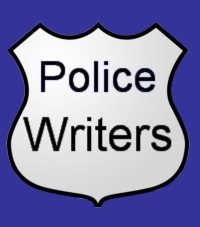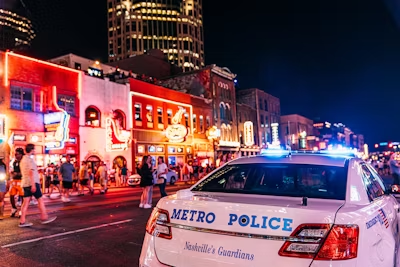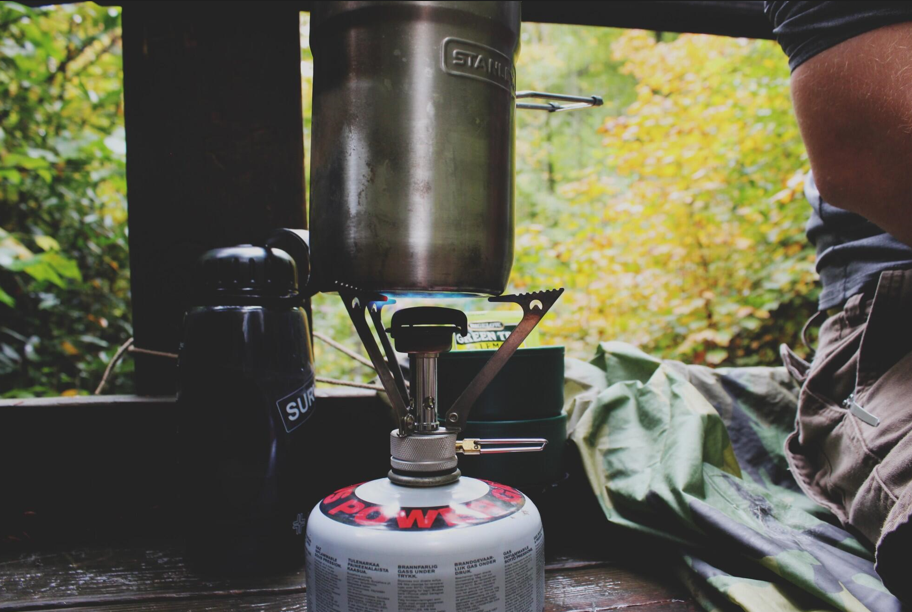Using visual storytelling for police reports helps simplify complex data and improve how cases are understood. It turns detailed information into clear visuals that support faster decisions and stronger communication.
Timelines, charts, and maps make reports easier to read and act on. This approach also improves transparency and accuracy.
Officers can use visuals to identify patterns, trends, and gaps. Start exploring these key ways visual storytelling makes a difference in reporting.
Clarifying Incident Timelines
Charts and visuals make it easier to show when incidents start, peak, and end. Instead of scanning through long paragraphs, a timeline gives an instant overview. It helps identify if events occurred in quick succession or over hours.
This is important when investigating response times or delays. It also helps detect if an event pattern is forming. Visual timelines are easy to update and adjust.
They reduce errors in reporting. They also make follow-ups more efficient. Officers and supervisors get the facts at a glance.
Spotting Crime Patterns
Graphs can quickly show repeat offenses in a given area. When data is mapped or charted, patterns emerge clearly. This helps identify hotspots for certain types of crime. It also aids resource planning and patrol deployment.
Seeing the same offenses at similar times or locations supports better predictions. Officers can respond more proactively. A heatmap or cluster chart gives instant insight. This beats going through pages of previous reports. Better patterns mean smarter policing.
Explaining Use-of-Force Events
Use-of-force cases often need clear, unbiased reporting. Visuals help explain what happened and when. A sequence chart shows each action, response, and timing. This avoids gaps in the narrative.
It also supports transparency for review boards. Infographics show the decision chain clearly. Each officer’s action can be mapped out by second. Context becomes easier to understand. Charts limit confusion and disputes.
Mapping Arrest Data
Maps showing arrest locations make trends easy to track. With this view, police can find if arrests cluster near schools, bars, or transit lines. This matters when considering public safety planning. It also helps spot repeat offenders operating in one zone.
These insights can support neighborhood watch programs too. Mapping also aids internal audits. Police can compare arrest locations with staffing patterns. The process improves accountability and trust.
Tracking Drug-Related Incidents
Drug-related crimes often span multiple places and people. A flowchart helps track how drugs move through a city or group. It shows how incidents link together. Officers can visualize supplier and buyer paths.
This supports better coordination across precincts. Data visualizations also show when certain drugs surge. It gives warning signs of new supply chains. The result is better monitoring and response.
Visualizing Property Crimes
Charts that show theft types over time help identify vulnerable areas. Categories like break-ins, car theft, and shoplifting become clearer when separated visually. Officers see which months have spikes.
Pie charts and bar graphs make this easy. They also help direct patrols or inform the public. Comparing visuals across years supports strategic planning. A graph generator in minutes can simplify the setup for these types of charts. Better visuals mean stronger data use.
Highlighting Domestic Violence Trends
Domestic violence needs sensitive yet precise documentation. A time-based visual shows how often calls happen per household. It also tracks how often intervention steps are repeated.
This helps identify at-risk individuals. It gives insight into when support should be added. Charts also help officers avoid duplicate reports. Data can show if follow-ups were completed. Visual tools offer structure to serious cases.
Reporting Missing Persons Cases
Timelines help track sightings and report updates. A visual layout lets officers follow progress clearly. It shows the time gaps between sightings. Maps can add location context to each sighting.
Visuals help keep focus during large search efforts. They also simplify team briefings. Agencies can use visuals to update the public. Clear displays support faster identification and resolution.
Summarizing Traffic Violations
Speeding, DUIs, and violations are easier to monitor through charts. Police can group offenses by the time of day or day of week. This helps with checkpoint planning. Trends show which areas need more presence.
Pie charts help show violation types clearly. Simple dashboards can be shared in team meetings. With better visuals, officers are better prepared. Reports become more useful for the court as well.
Presenting Case Outcomes
A final report benefits from a visual summary of results. Officers can show how many leads were followed and what actions were taken. A stacked bar chart can present how time was spent. This supports performance review and training.
It also makes it easier to communicate with external reviewers. If a case spans months, visual summaries help wrap it up neatly. It gives closure and tracks the effort spent. These reports also help justify budget use.
Monitoring Resource Allocation
Charts showing shift coverage and incident load support better scheduling. Police need to know where and when they’re most needed. Data visuals show gaps clearly. It avoids overworking some officers while others have low activity.
With better balance, efficiency improves. Visuals help show why changes in deployment happen. It supports fair decisions. Officers can also suggest improvements more easily.
Visual Reporting for Community Engagement
Community briefings benefit from simple visual reports. Showing local crime drops or responses builds trust. Residents understand data better when it’s not in paragraph form. Visuals remove confusion or doubt.
Officers can also explain programs using charts. It helps when launching new safety campaigns. Better reports lead to stronger community support. It also reduces friction between residents and law enforcement.
Organizing Evidence Logs Visually
Evidence tracking can get complicated fast, especially with large cases. Using charts helps keep the sequence of collected items in order. A timeline or table chart shows what was gathered, when, and by whom.
This prevents duplicate entries or missed evidence. Visual tools also make it easier to connect pieces of evidence to suspects or events. It adds structure to what might otherwise be messy paperwork.
Clear visuals help during courtroom presentations too. Investigators and legal teams benefit from easy-to-follow logs. This leads to fewer errors and better case support.
Visual Storytelling Can Enhance Police Reports
Visual storytelling strengthens police reports by improving clarity, accuracy, and impact. It simplifies information for internal use and public communication. Charts and maps make trends and patterns easy to see.
Officers can work smarter with tools that show data visually. Clear reporting leads to better outcomes across all areas. As demands on law enforcement grow, strong visual methods will keep teams aligned and effective.
We share more topics like this. Have a look at the blog.











